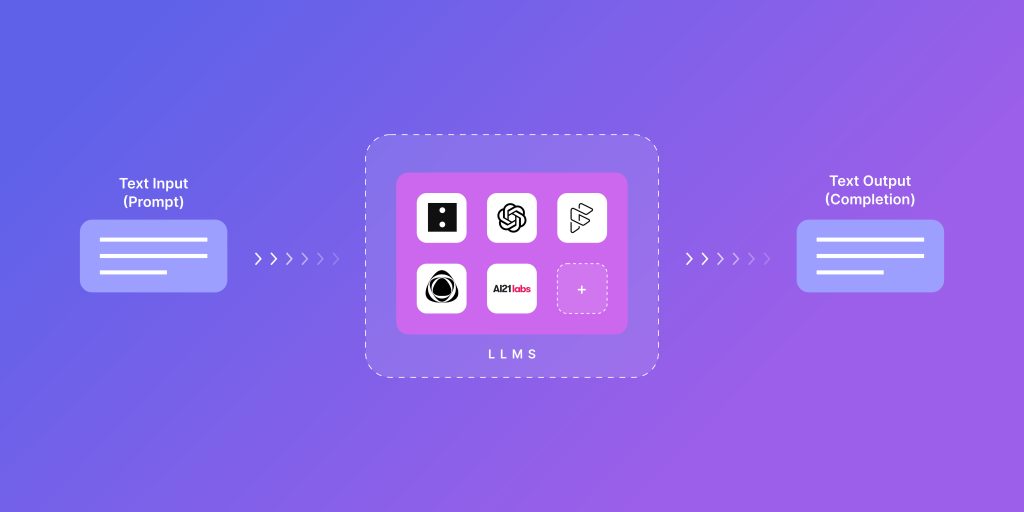No products in the cart.
RTMP streaming: Everything you need to know
If you live stream videos online, you’ve probably heard of RTMP. But you may not know exactly what it is, what it’s used for, or how to set it up. RTMP helps power live video streaming and has played a key role in the evolution of internet video broadcasting. This guide covers everything you need to know about RTMP streams, including how to use RTMP, what it is and why you need it as a live video content creator.
What is RTMP?
RTMP stands for Real-Time Messaging Protocol. It’s a live video streaming technology that lets you transfer data over the internet. It’s a widely used protocol for streaming video, live television and internet phone services.
High-definition video files are huge and trying to send them over the internet would take forever if it weren’t for RTMP. With RTMP, the data gets chopped up into little packets, which are faster and easier to send. Then, they’re all reassembled into a whole picture on the viewer’s screen.
RTMP streaming was first developed by Macromedia to support their Flash Player, which became Adobe Flash Player when the company was acquired by Adobe. Today, RTMP is mostly used for delivering encoded video content to social media networks, live streaming platforms and media servers.
How does RTMP streaming work?
A RTMP stream works by taking big data files, like a video, and chopping them into little packets. The packets are sent one by one from an encoder and then put back together for the viewer at the end destination. This process is what gives RTMP low latency, meaning that the delay in transferring for the data is very short. Viewers prefer low latency, so RTMP is still widely used to optimize viewer experience.
RTMP is only one part of the process when it comes to streaming live video over the internet, though. Since Flash Player is no longer supported and some browsers and mobile devices don’t accept RTMP, it’s often only used for first-mile delivery, or the first part of the video streaming process. Last-mile delivery, or the last part of the process, usually requires the help of another protocol, such as HLS (more on that later).
Here is a very simplified process of how RTMP works for live streaming video.
- Video capture: Your camera and mic capture your video and audio.
- Encoding: RTMP needs an encoder to work. The encoder processes the video and audio data captured by your camera and mic and breaks them down into tiny data packets so they can be sent to a streaming server more quickly.
- Server processing: Streaming servers (like YouTube’s servers if you’re streaming to YouTube) receive the data from the encoder and prepare it for viewing.
- Playback: The data is presented in a watchable format for the viewer, i.e. a live stream they can view on their device.

What is a RTMP encoder?
You need an encoder to do a RTMP live stream. An encoder takes the data from your video and audio source and breaks it down so it’s ready to send over the internet to a streaming server. Encoders can be hardware or software. Hardware encoders tend to be more secure and reliable, but expensive. Software encoders use your computer’s resources so you need a powerful computer, but they tend to be less expensive and more user-friendly.
Your encoder sends the video and audio data to a RTMP server. If you are streaming to a social media platform like Facebook, YouTube, Twitch, Instagram, etc., the platform will already have a server to receive your data. It will then process and deliver it to your viewers as a live video.
Some popular software encoders that support RTMP streams are:
- OBS Studio
- Wirecast
- XSplit Broadcaster
- vMIx
Read our guide to the best live streaming encoders to learn more.
For more details : https://www.mslivestream.com/
CONTACT US : 7305712345
Tagged with: rtmp live stream

